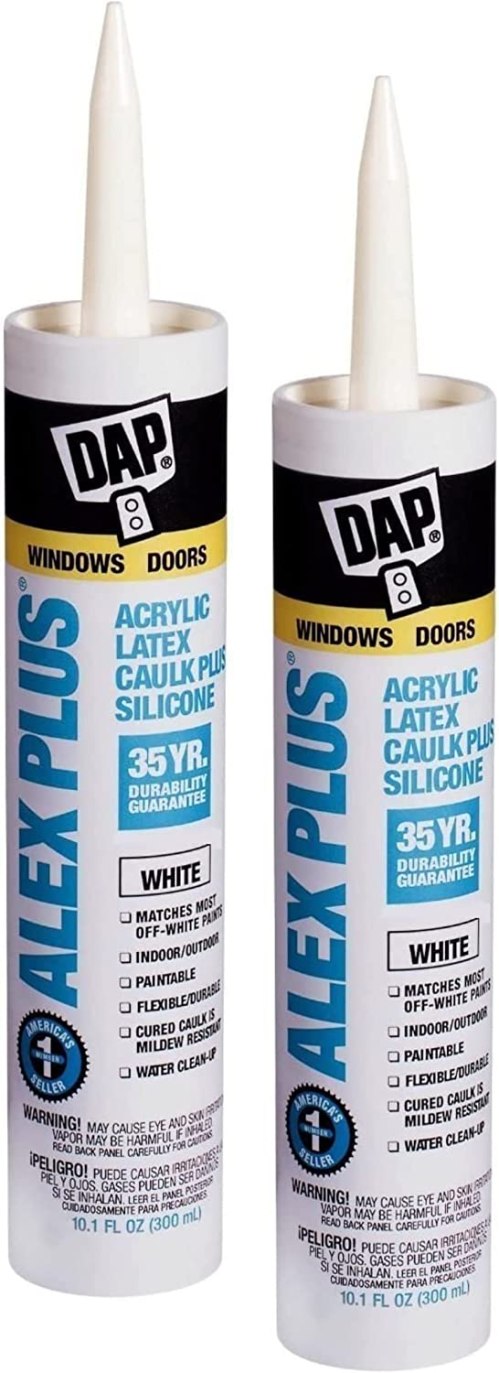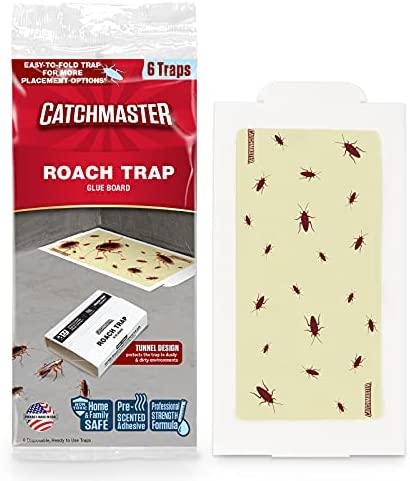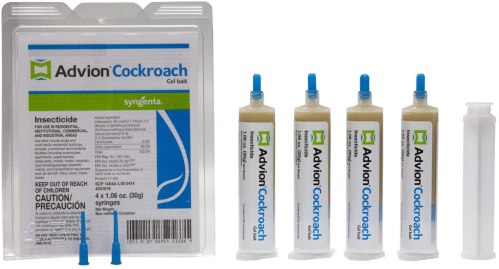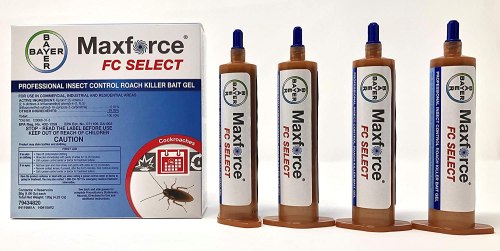Our editors independently select these products. Making a purchase through our links may earn Well+Good a commission
There are over 200 species of cockroaches in the United States, but only a handful of them are considered pests. When found in the home, however, they’re a menace, harboring bacterias like salmonella, staphylococcus, and e. coli. Their presence and fecal matter can trigger asthma and allergic reactions. Unfortunately, cockroaches aren’t uncommon. More than 14 million households reported a problem with them last year. If you’ve spotted a roach or two, chances are you might have an infestation. Don’t panic, though. There are steps you can take to get rid of cockroaches for good.
We went straight to the source and tapped an entomologist on best practices to kick these uninvited guests to the curb. Keep reading to learn how to get rid of cockroaches.
What causes cockroach infestations?
Like humans, cockroaches need food, water, and shelter to survive “If you have the habit of leaving food [or water] out, the cockroaches can take advantage of that,” says Dini Miller, MS, PhD, a professor of urban pest management at Virginia Tech’s Department of Entomology. Cockroaches also have the ability to locate unsealed openings and can enter your home through cracks in the walls, floors, or dryer vents.
What are the signs of a cockroach infestation?
You know you have an infestation on your hands when you see cockroaches of any size, especially the tiny baby ones, says Dr. Miller. Cockroaches are social creatures, so if you see one, there are likely others lurking. You can identify these pesky creatures by their color. “The [German] adults are pretty much gold colored, but their offspring are kind of dark brown,” she adds.
Another identifier? Poop. Cockroaches leave a ton of fecal matter behind, so if you spot tiny black spots that resemble black pepper or coffee grounds in the crevices of your kitchen or bathroom, chances are you have them in your home.
How To Get Rid of Cockroaches for Good
There are several things you can do to reduce and exterminate cockroaches from your home. Here’s a guide to get started:
1. Store food in air-tight containers or keep it refrigerated
We know, food clips and twist ties are so much easier to use, but they aren’t going to cut it if you want to keep pesky roaches from eating your snacks. Instead, use air-tight storage containers, like the OXO Good Grips 10-Piece POP Container Set and PRAKI 24-Piece Airtight Food Storage Containers.

Oxo, Good Grips Pop Container Set (10 Pieces) — $113.00

Praki, Airtight Food Storage Containers (24 Pieces) — $40.00
2. Clean and dry dishes
Cockroaches are natural foragers and leaving food or water out in your sink can cause roaches to proliferate, says Dr. Miller. To stop them from reaching potential water and food sources, it’s best to wash and dry your dishes immediately after eating.
3. Seal up any cracks, gaps, holes
Cockroaches can live anywhere in your home, but they predominately reside in the walls, cabinets, and dark, moist areas. Because they have a knack for finding tiny holes and crevices, it’s best to seal any open areas up. To keep these pesky pests out, you’ll want to caulk entrances, kitchen cabinets, and any other openings. Don’t forget to repair any ripped windows or door screens, says a spokesperson at the SC Johnson Center for Insect Science and Family Health. FYI: This DAP’s silicone- and acrylic-based caulk is a customer-favorite and top-rated choice that doesn’t cost a hefty penny.

Dap, White Acrylic and Latex Caulk (Pack of 2) — $8.00
4. Place sticky pads
Before using baits or other roach killers, Dr. Miller recommends putting down sticky traps first. “We’ll put them out and we label them A [above the sink], B [below], and C [at back of the toilet cistern], collect them the next day, and count the number of roaches that are in there,” says Dr. Miller. “That tells us exactly how much bait to apply.” For example, if sticky pad a has more cockroaches than pad b, you can apply more bait above the sink. Since roaches are nocturnal creatures, Dr. Miller recommends placing the sticky pads at night when they are most active.

Catchmaster, Roach Glue Trap (Pack of 6) — $16.00
5. Consider using bait or boric acid
Of all of the products available on the market, Dr. Miller says professional use gel baits work best. These gels contain insecticides that kill the roaches within 24 hours. “They consume the bait, and it either hits their nervous system or their digestive system, and they’re not able to function. They end up dying,” Miller says. If that roach makes it back to their colony, they distribute the rest of the bait to kill off other members of its party. Boric acid is another popular alternative. “When they ingest the boric acid, they really can’t produce energy correctly in the individual cells anymore, and that’s what kills them,” says Miller.
Some example products include Syngenta Advion Cockroach Gel Bait, Maxforce Select Professional Roach Killer Bait Gel, and Harris Boric Acid Roach Killer Powder. While these products can be purchased on Amazon, Dr. Miller recommends consulting with an exterminator to apply the gel bait.

Syngenta, Advion Cockroach Gel Bait (Pack of 4) — $38.00

Maxforce, FC Select Professional Roach Killer Bait Gel (Pack of 4) — $33.00

Harris, Boric Acid Roach and Silverfish Killer — $7.00
What To Do if You Still Can’t Get Rid of Cockroaches
If nothing else is working, seek a professional exterminator. They can help you determine the next best course of action. “German cockroaches in particular have been treated with the same type of chemistry for so many decades,” says Dr. Miller. “Most of them are resistant to it [pesticide sprays]. We’ve killed all the ones that are susceptible and what we have left are these genetic mutants that their nerve site where the pyrethroids used to attach have changed.”
Sign up for the Well+Good SHOP Newsletter
Get exclusive deals on wellness, beauty, fitness, and food products that have been hand-picked by our editors.
Got it, you've been added to our email list.









